10 ways to make your electronic drum set quieter
Overcome trigger pad and vibration noise, and keep the peace, with these these e-kit sound-proofing solutions - from budget to pro
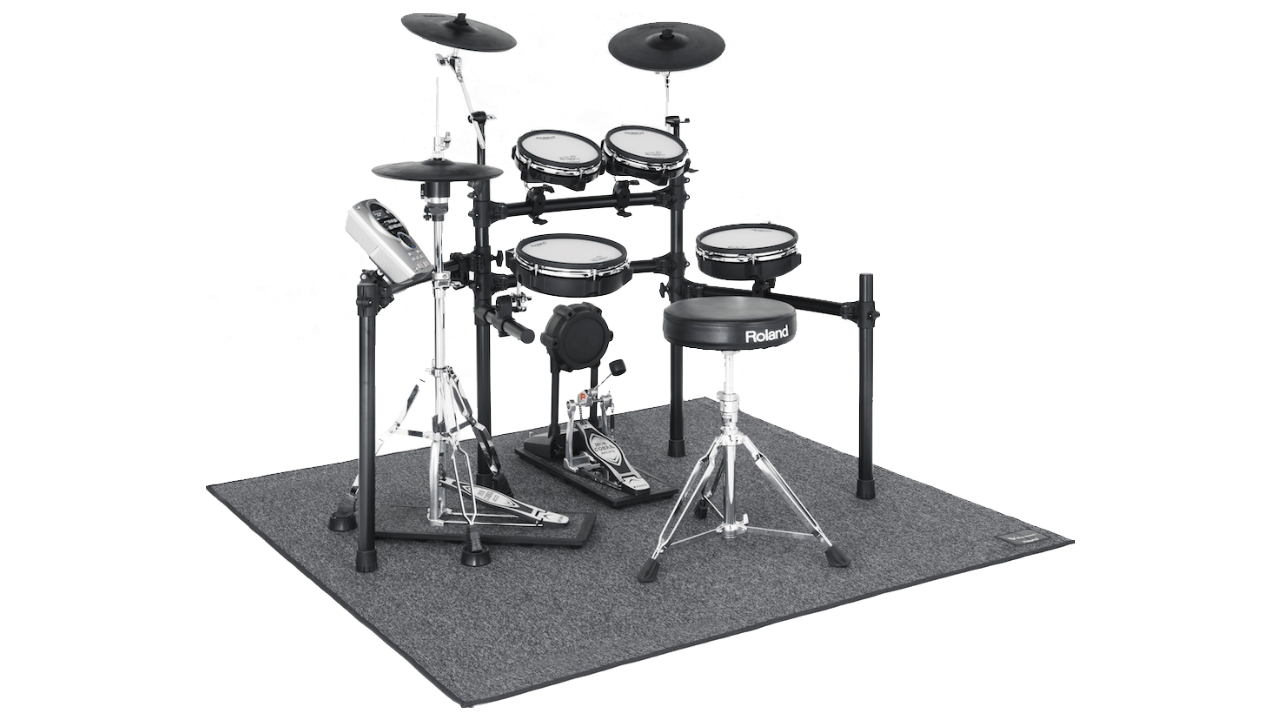
Electronic drum sets offer us drummers a lot of freedom. For one, they have a volume control, and the drum sounds they produce can be contained in near-silence by using headphones. But ultimately, if you hit something with a drumstick, it’s still going to make noise. Depending on the environment you’re playing your e-kit in, this can be a serious problem. In this article we’re going to look at ways to make your electronic drum set quieter.
Airborne noise - the sound of your stick hitting the pads - will mostly be heard by other people in your house, the same as using a drum practice pad. However the bigger problem is that subsequent energy from each strike has to go somewhere, and this results in vibrations transferring through ceilings, floor joists, and walls which will upset neighbours and could see you facing some heated arguments at best, or worse, a visit from your local authorities if you can’t tame the noise.
There are a number of ways that you can solve this problem, though, and by doing so you’ll be able to enjoy your drum practice without needing to worry about an imminent knock at your door. Here are 10 ideas that are proven to work wonders in the most commonly troublesome areas that will enable some degree of soundproofing for your e-kit.
- Turn it down with the best low volume cymbals
Tackling stick noise
The most common complaint when it comes to e-kit noise is the sound of your sticks hitting your drum and cymbal pads. Mesh heads alleviate some of the noise but are by no means silent, and if your kit has rubber pads then the noise can be really jarring. Here are some simple and affordable solutions to get you started.
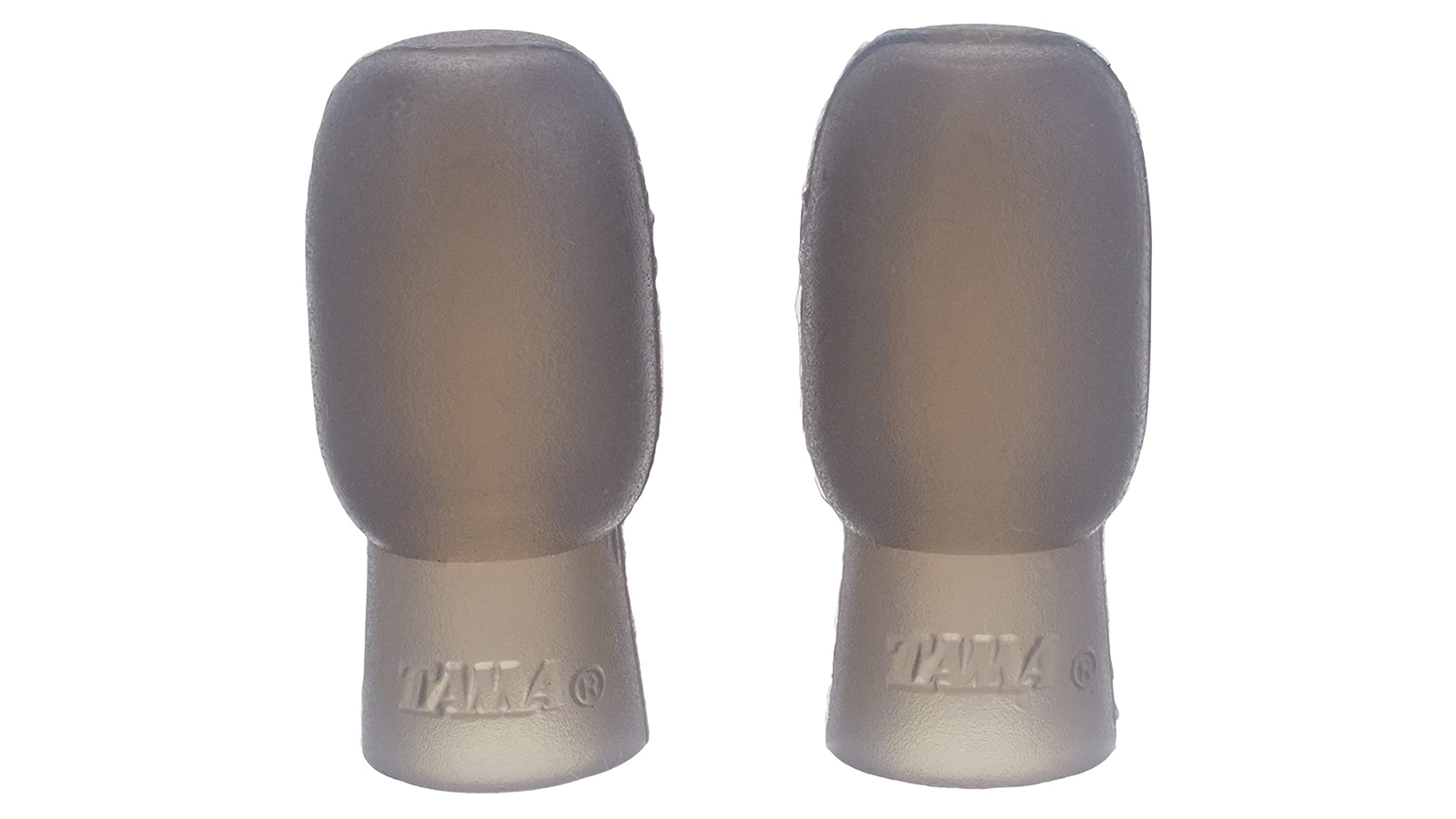
Tama TCP20 Silent Tips
Specifications
Reasons to buy
Reasons to avoid
This product will help to temper some of the sound within your practice space. If you hit a hard surface with another hard material, you’ll get a bright sound. So, by placing silicone tips such as the Tama TCP20 Silent Tips on the end of your sticks, you’ll cut down some of that harsh, slappy attack as you hit your pads. You’ll still make noise, but it will be dulled, rather than a bright ’thwack’. It’s one of the most affordable solutions you can try, plus you can use them away from your kit to turn any surface into a quiet practice pad!
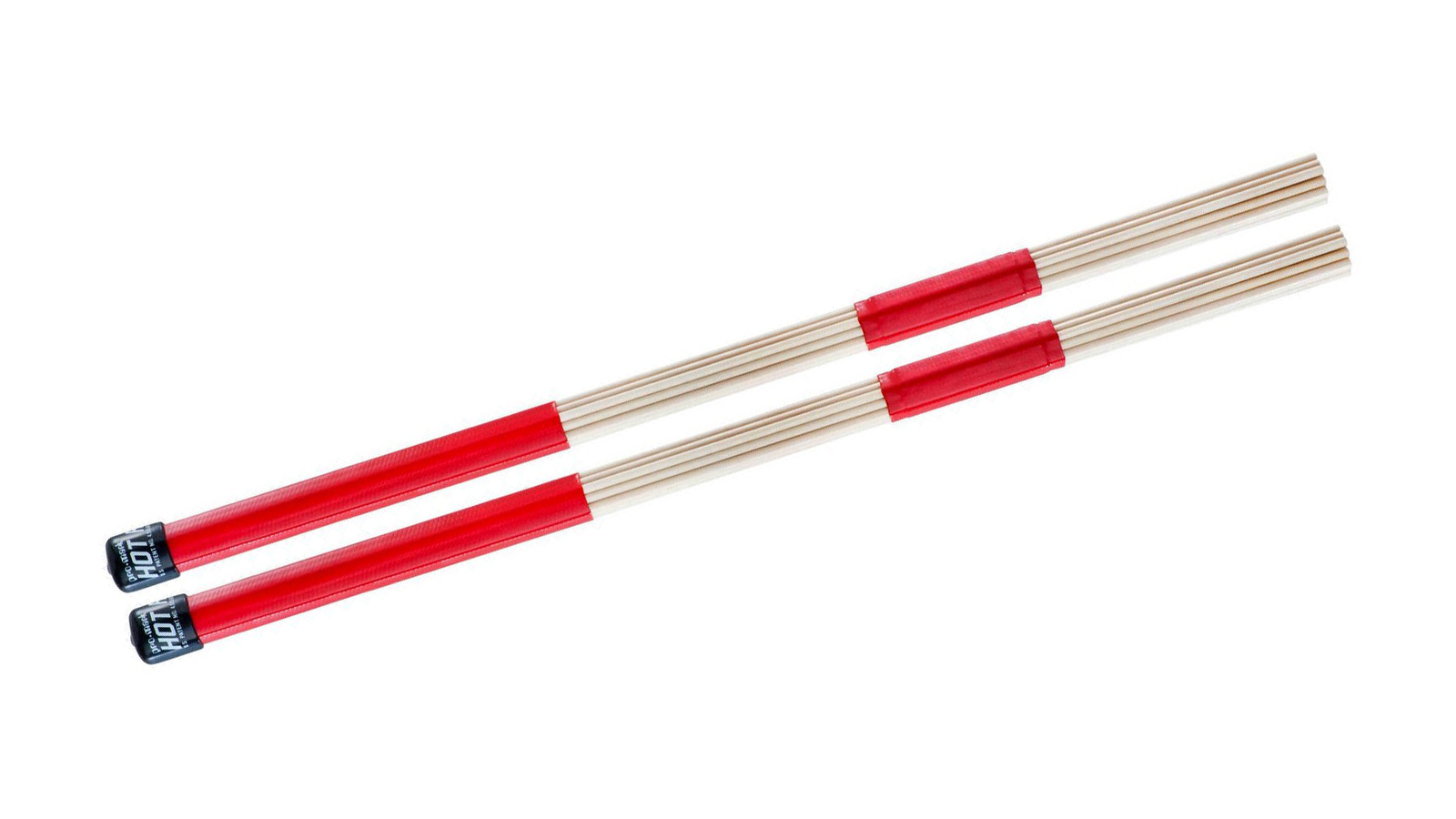
Promark Hot Rods
Specifications
Reasons to buy
Reasons to avoid
“Wait, I bought an electronic kit because I didn’t want to have to play with rods or brushes”. We hear you, but playing with different implements is surely better than not playing at all? Hot Rods and similar dowel-based sticks are divisive, as they change the feel of your rebound, and also turn your cymbals into almost non-existent whispers. But we’re talking about hitting pads here. The combination of multiple dowels will dissipate the impact noise and therefore the vibrations you create when you hit the pads. Fewer vibrations equals less transfer to your room, and since the sound you’ll actually hear in your headphones won’t change, we think that trying Hot Rods on your e-kit is worth a go.
Tackling pedal noise
A softer beater may help tackle the airborne sound of your bass drum, but there’s still the vibrations from the pedal and pad legs to think about. Many drummers have tackled this problem by building a tennis ball platform: two pieces of wood with a number of tennis balls sandwiched between them. The kit sits atop this mini-drum riser, and the tennis balls help absorb the vibrations from your kit to stop them transferring to the floor.
Get the MusicRadar Newsletter
Want all the hottest music and gear news, reviews, deals, features and more, direct to your inbox? Sign up here.
One of the biggest noise generators on your e-kit is your bass drum. It lives on the floor, for starters, meaning that any vibrations you create are already primed to run straight into the flooring structure of your room. Then factor in that you’re using the full force of your leg muscles to produce them and you can see why it’s a problem. We’ll look at ways of decoupling your bass drum pedal and pad from the floor later, but to start with, let’s think about eliminating the vibrations before they happen.
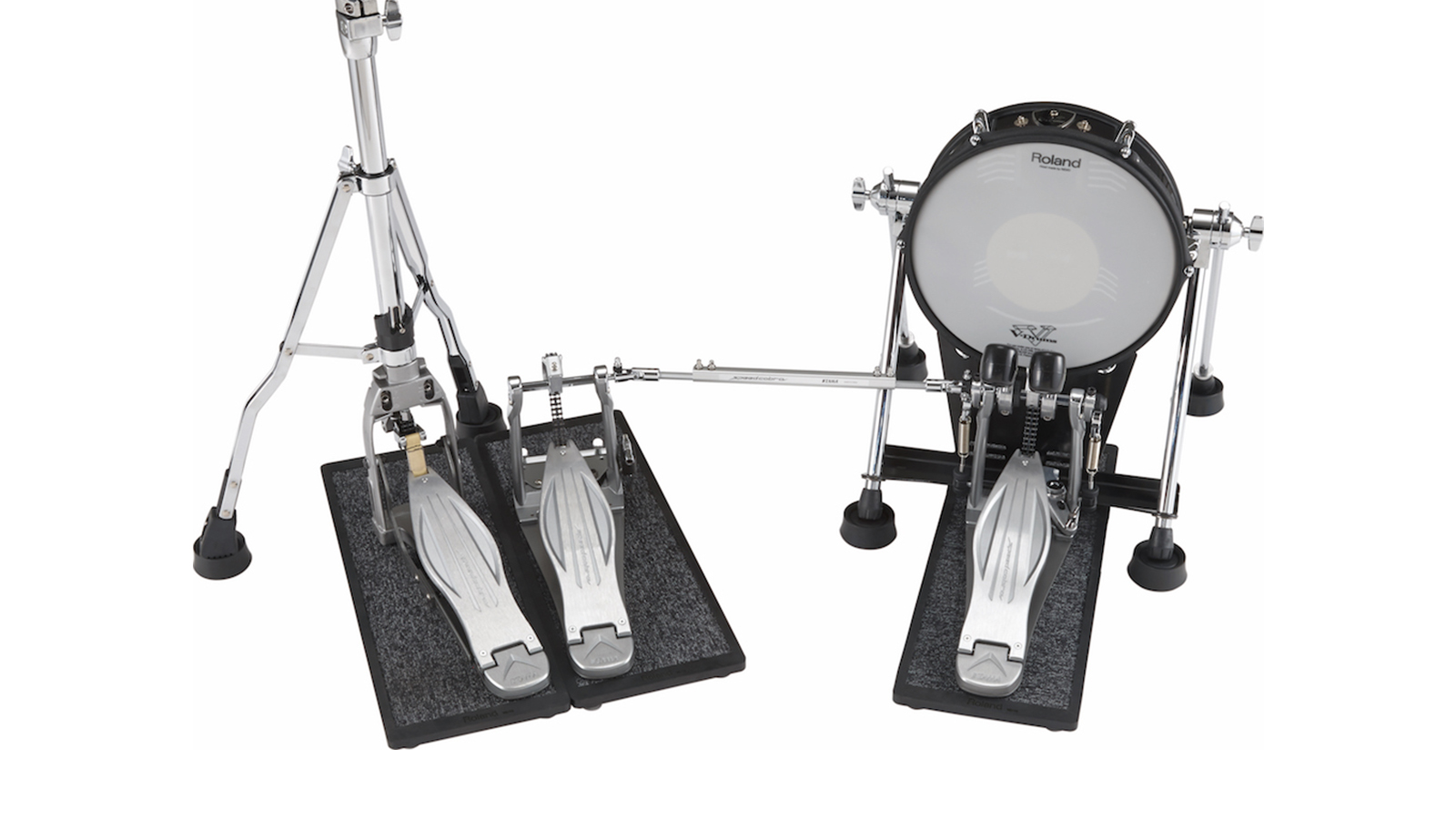
Roland NE-10 Noise Eaters
Specifications
Reasons to buy
Reasons to avoid
If you don’t fancy getting busy with MDF, a hole saw, and a big tube of tennis balls, there are commercial versions available, such as the Roland NE-10 Noise Eater isolation board. This carpet covered board sits under your bass drum or hi-hat pedals, and features 12 rubber domes to soak up the vibrations, and reduce contact surface area with your floor.
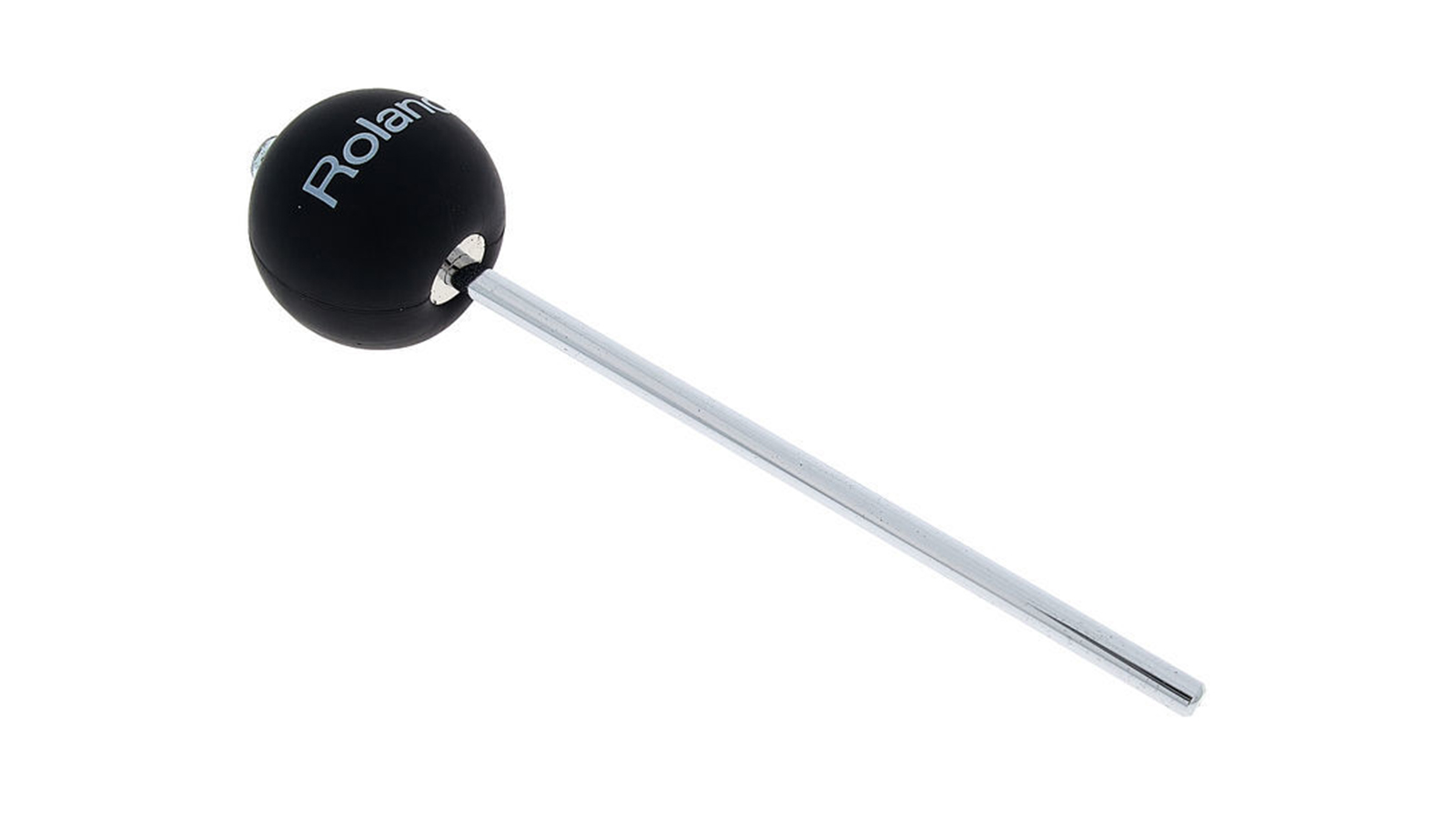
Roland KDB-200 Practice Kick Drum Beater
Specifications
Reasons to buy
Reasons to avoid
Roland’s Kick Drum Practice Beater is coated with foam to reduce impact noise and vibration from your bass drum pedal, and is the appropriate size for use with double pedals too. The coating serves an additional purpose in that it is more forgiving on mesh and cloth pads than hard plastic or dense felt, and Roland has designed it to maintain as much of the feel and rebound of a regular bass drum beater as possible.
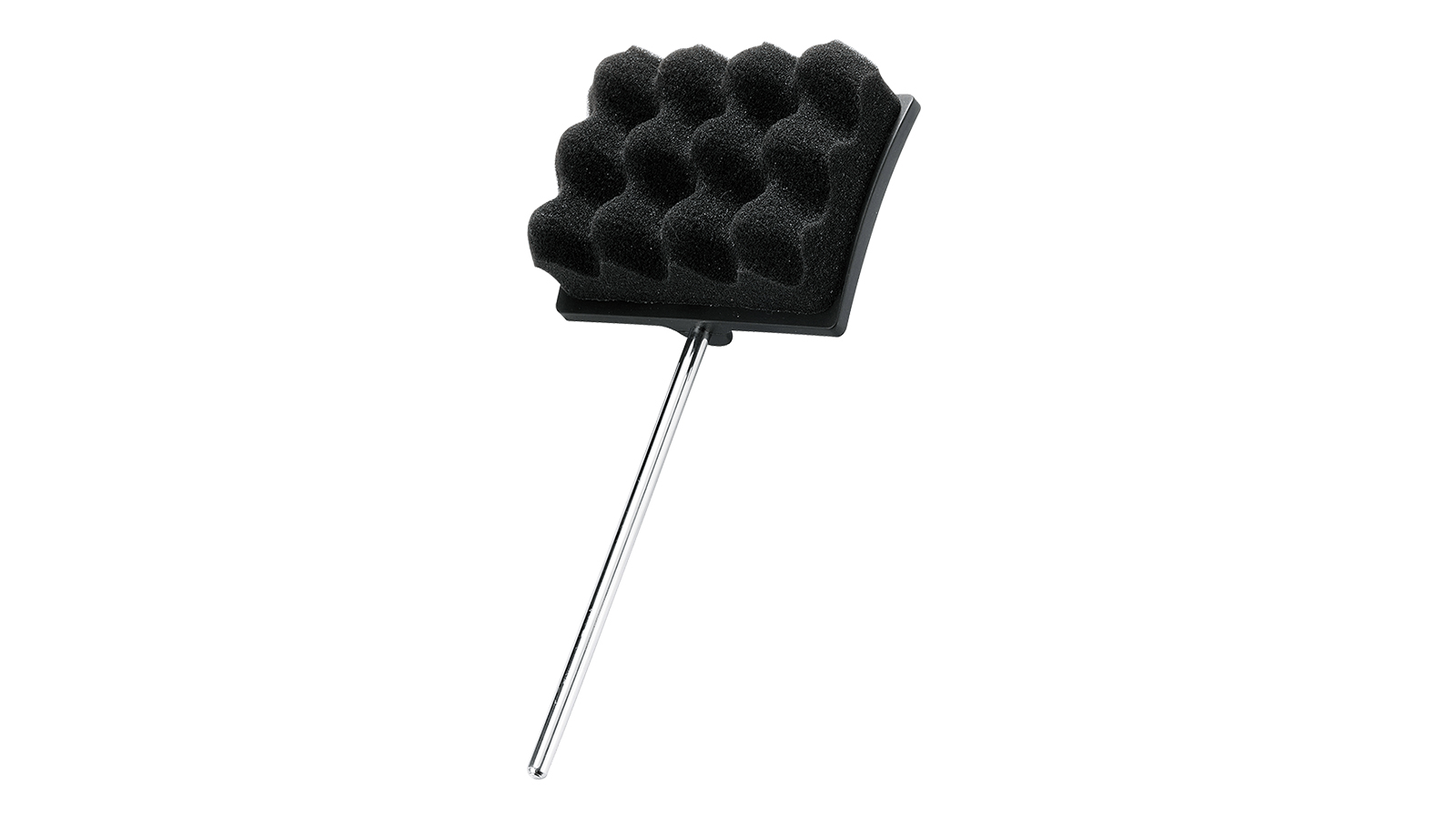
Tama BSQ10S Soft Sound Beater
Specifications
Reasons to buy
Reasons to avoid
Just as with the Roland example, Tama’s Soft Sound will help eliminate impact noise, but it achieves it in a different way. The large surface area of the beater head is coated in a soft, acoustic treatment-style foam that greatly reduces the thud of your pedal hitting the pad. While it’s designed primarily for making acoustic drums quieter, the beater will also achieve the same effect on whatever you’re hitting it with. However, as with using rods instead of sticks, you may find that it changes the feel of your pedal a little, but it’s a small compromise to avoid having your neighbours banging on the wall.
Tackling pad noise
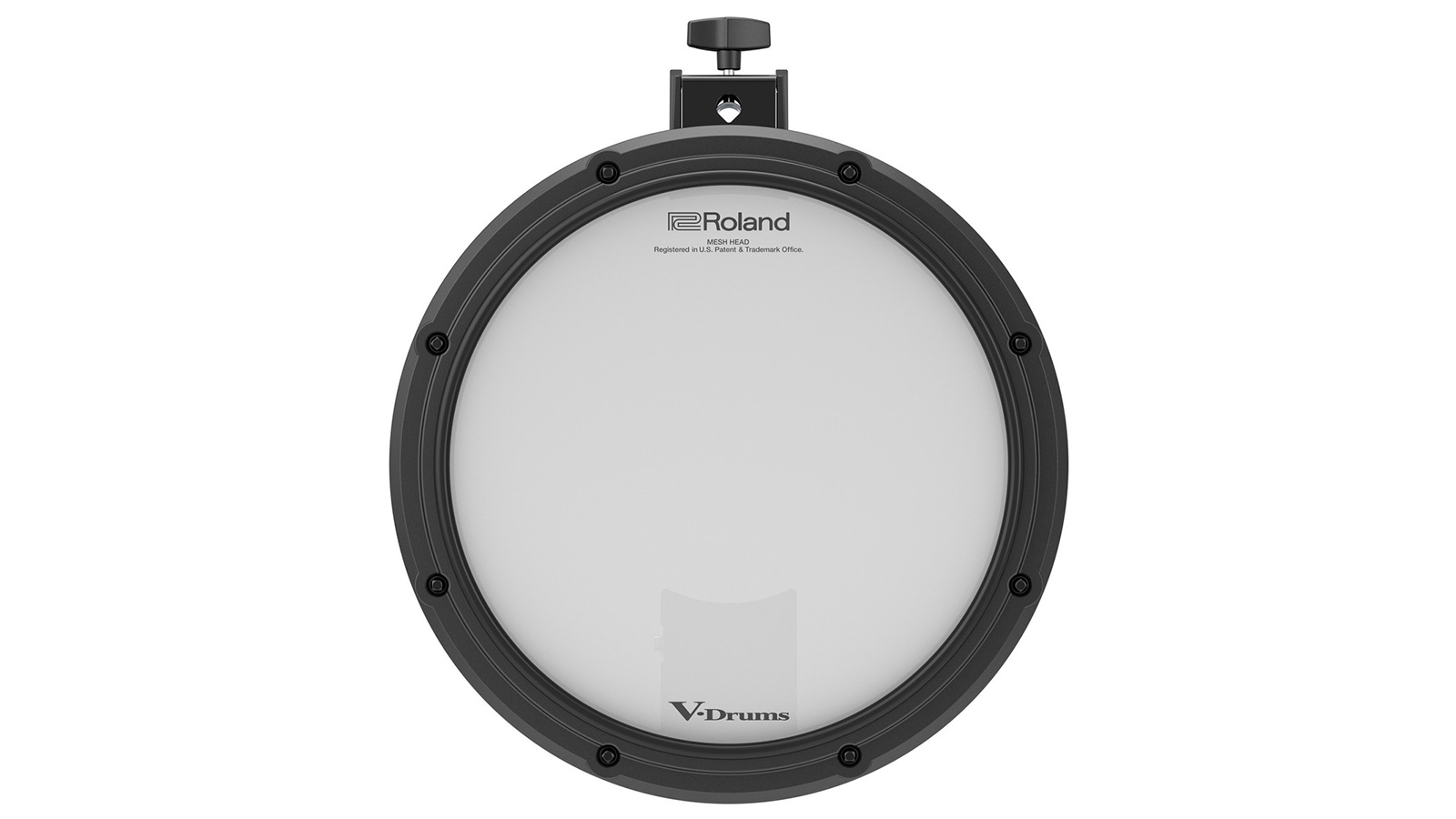
Many e-kits - particularly at the more affordable end of the market like the best beginner electronic drum sets here - come with dense rubber pads, or worse, pads with a harder plastic surface. The Tama stick tips we mentioned earlier will help combat noise from your pads, but if your kit doesn’t feature any mesh heads, it might be worth considering an upgrade, at least on the snare pad. Mesh-head pads disperse the sound and vibrations of your stick noise for a much quieter playing experience, and can be tensioned to create the sort of feel you’re used to from an acoustic drum kit. Our favourite right now is Roland’s PDX-12 option. Make sure you check compatibility with your module before taking the plunge with a new pad.
Full-kit/room solutions
All of the above solutions will go some way to reducing the main issues relating to e-kit noise. However, if you need to take more extreme measures - perhaps you live in an apartment block with neighbours above, below and either side of you - then you may need to increase your budget and look at room treatment or whole-kit solutions. Here are some of our top recommendations.
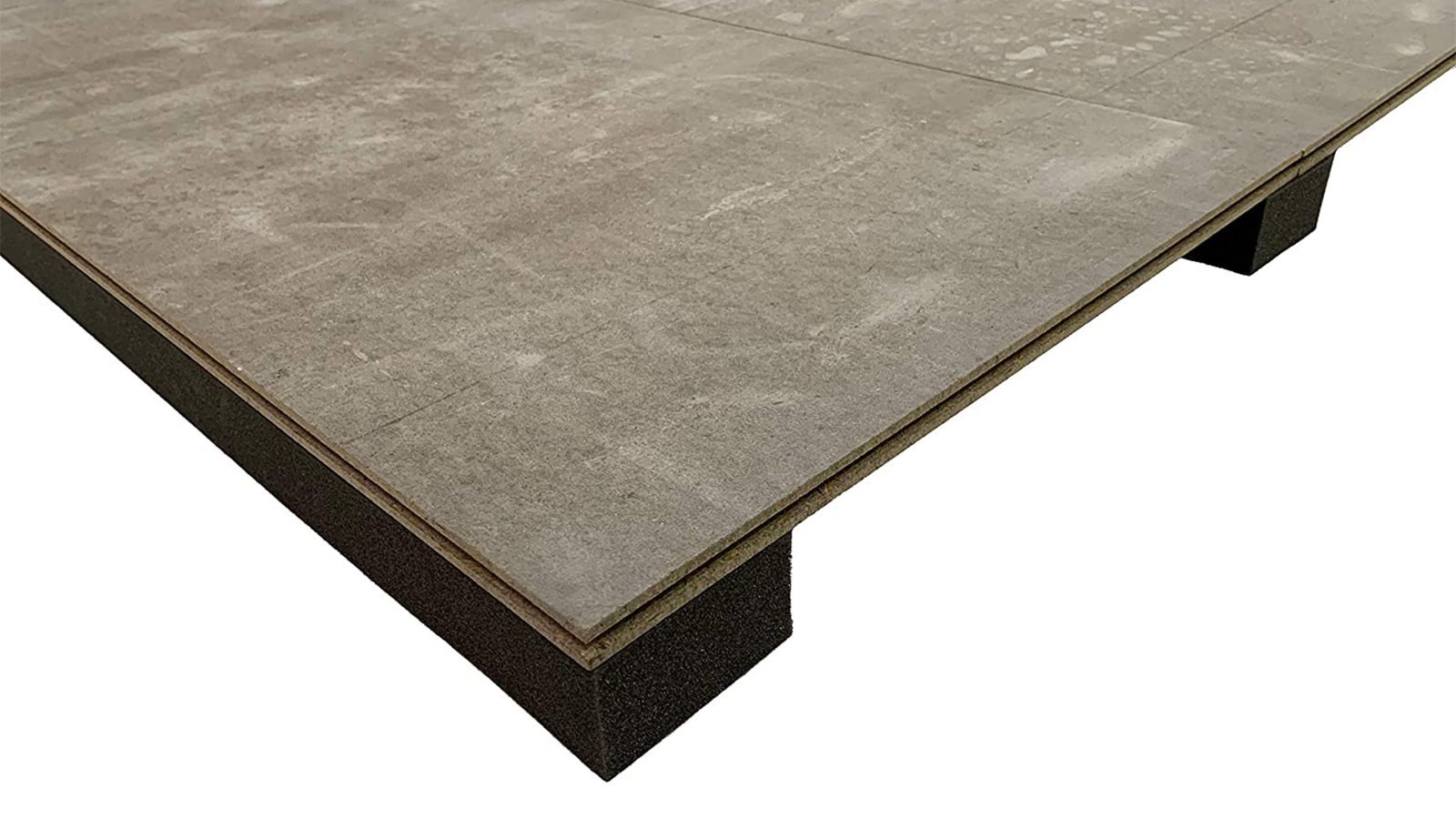
Advanced Acoustics Isolation Kit
Specifications
Reasons to buy
Reasons to avoid
Don’t confuse this high-density foam with the egg box-contoured sheets you put on your walls. The Advance Acoustics Isolation kit is designed to act similarly to the tennis ball platform and Roland Noise Eaters we mentioned above. The foam strips are secured to the underside of a platform (you’ll need to make this yourself) to get your kit off the floor. The principle is the same: decoupling your kit to reduce transfer to the structure of your building, but it’s more professional-looking (and arguably easier) than building the tennis ball platform. You could even build your new drum riser in a modular design so that you don’t have to deal with one single large sheet of wood.

Auralex SheetBlok
Specifications
Reasons to buy
SheetBlok from acoustic treatment and soundproofing brand, Auralex, is made from mass-loaded vinyl, which creates a hefty, sound-deadening barrier between surfaces. It’s designed for lining walls, ceilings and floors, and Auralex claims it to be more effective than lead when it comes to its noise-killing properties. This stuff comes by the roll and it’s not cheap, however being pliable and multi-use, it could prove to be handy for further deadening your room. SheetBlok is non-slip, and can be painted if you’d prefer a different finish to the standard black. We’d suggest taking two sheets of SheetBlok and sandwiching a drum mat between them to help decouple your kit from the structural part of your building.

Auralex HoverMat
Specifications
Reasons to buy
As we’re tackling acoustic problems, it’s not surprising that Auralex has more than one solution. The HoverMat combines SheetBlok with a fabric drum mat to offer a pre-made solution like we described above. Being made of SheetBlok, the HoverMat can be rolled up for transportation if needed and cuts out the need for purchasing excess SheetBlok and a separate drum mat. At six-feet wide by four-feet deep, it is big enough to accommodate anything from small electronic kits to more ‘acoustic’ sized setups, and when combined with some of the other solutions we’ve recommended here, should give you a tangible difference in noise transfer to your floor.
Use the correct headphones

This might seem obvious, and while it isn’t going to reduce the impact noise of you physically playing, keeping things quiet starts with containing the sound in the easiest way possible. That means switching off your drum monitoring system and using headphones. It’s extremely unlikely that the spill from your cans will bleed outside of the room you’re in, but by using closed-back headphones, the sound will be contained in your ears.
It also means you’ll hear everything without battling any other ambient noise and won’t have to turn your volume up so loud. Quiet volumes reduce the need to hit so hard and, hey presto, won’t make as much noise. It’s a small victory, but reducing the noise of your kit is cumulative. The Focal Listen series is our pick of the best studio headphones, however check out our guide to see some of the other highly recommended options available.

I'm a freelance member of the MusicRadar team, specialising in drum news, interviews and reviews. I formerly edited Rhythm and Total Guitar here in the UK and have been playing drums for more than 25 years (my arms are very tired). When I'm not working on the site, I can be found on my electronic kit at home, or gigging and depping in function bands and the odd original project.









